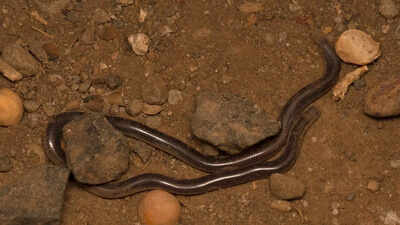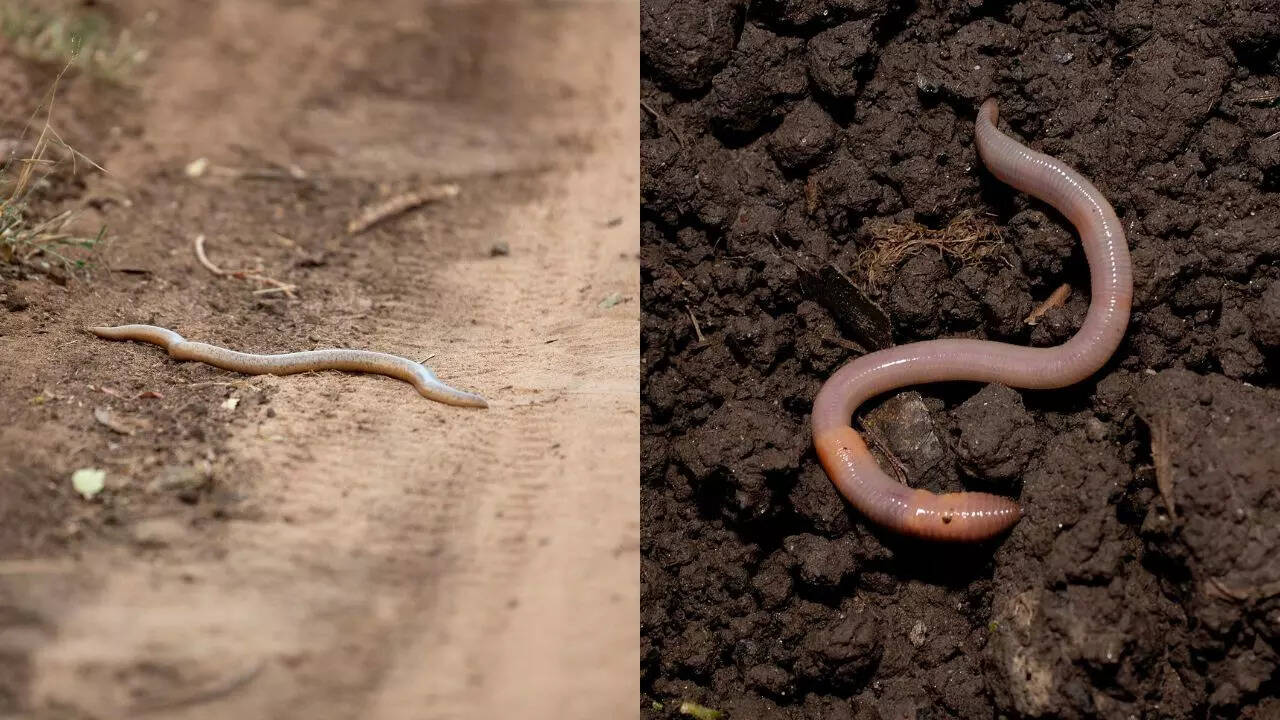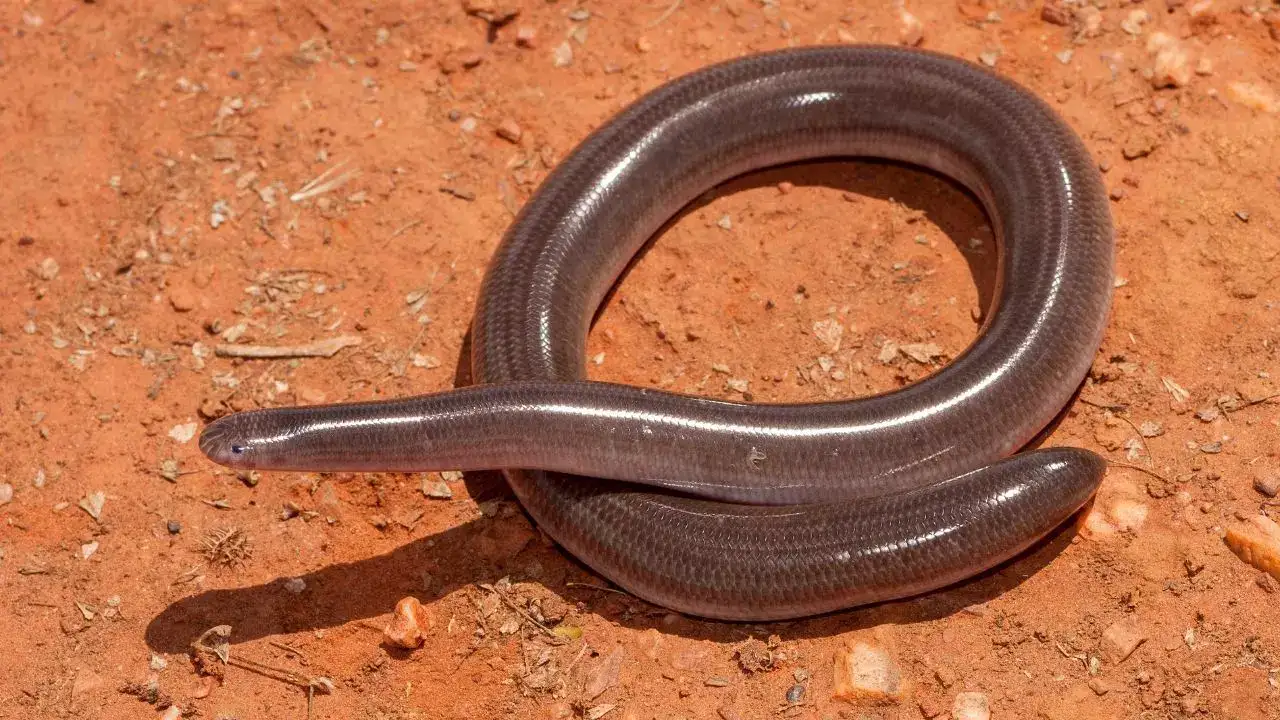ARTICLE AD BOX

Blind snakes are small, burrowing reptiles often mistaken for earthworms because of their slender, cylindrical bodies and underground lifestyle. Their smooth, shiny scales, tiny vestigial eyes, and uniform coloration give them a worm-like appearance, making identification challenging.
Unlike worms, blind snakes are true reptiles with a distinct head, slithering movement, and a specialised diet of ants, termites, and insect larvae. They play an important ecological role by controlling insect populations and aerating soil through their burrowing activities. Despite being rarely seen above ground, these secretive snakes are fascinating creatures, adapted perfectly for life beneath the surface.
Why blind snakes look like worms

Blind snakes have smooth, shiny scales and tiny, vestigial eyes covered by scales, making them effectively blind. Their small size, uniform colour, and movement through soil closely resemble earthworms, which often leads to misidentification by gardeners and nature enthusiasts. These snakes spend most of their lives underground, surfacing only occasionally, further contributing to the confusion. Unlike worms, blind snakes have a distinct head, a tapered tail, and slithering movement rather than wriggling.
Their resemblance to worms also serves as natural camouflage, helping them avoid predators while they hunt for ants, termites, and insect larvae beneath the soil.
Key differences between blind snakes and worms
- Body structure: Blind snakes have scales covering their entire body, while worms have soft, segmented bodies without scales.
- Head shape: The head of a blind snake is slightly distinct from the body and tapers into a blunt point, whereas worms have no differentiated head.
- Movement: Blind snakes slither like other snakes, using muscular contractions, while worms move by contracting and expanding body segments.
- Diet: Blind snakes feed on ants, termites, and larvae, unlike worms that primarily consume decaying organic matter.
- Reproduction: Blind snakes lay eggs or reproduce parthenogenetically, while worms are hermaphrodites, often laying eggs in soil.
Habitat and behaviour of blind snakes

Blind snakes are fossorial, meaning they live underground in loose soil, under leaf litter, stones, and logs. They thrive in tropical and subtropical regions with sandy or loamy soils that are easy to burrow through. Despite their small size, they play a crucial role in controlling insect populations.Blind snakes are generally non-aggressive and rely on their secretive nature to avoid predators. They are primarily nocturnal and rarely seen above ground, which often causes further confusion with earthworms.
Feeding habits
Blind snakes feed on ants, termites, and other small invertebrates. They locate nests underground and consume larvae and pupae. This diet helps regulate insect populations and maintain ecosystem balance, unlike worms, which mainly help aerate soil and recycle nutrients.
How to safely identify a blind snake
- Look for tiny eyes under scales near the head.
- Observe slithering movement rather than wriggling.
- Check for uniform, shiny scales covering the body.
- Note the environment: underground in loose soil, often near insect nests.
Understanding these traits makes it easier to correctly identify blind snakes and distinguish them from harmless earthworms in gardens and natural habitats.
Other facts
Mimicry: Their resemblance to worms provides camouflage from predators.Parthenogenesis: Some species, like the Brahminy blind snake, reproduce without males.Longevity: Blind snakes can live several years, though they are rarely observed due to their underground habits.Also read | Timber Rattlesnake vs. Eastern Diamondback: Which rattlesnake is more dangerous



.png)
.png)
.png)
















 1 hour ago
4
1 hour ago
4







 English (US) ·
English (US) ·